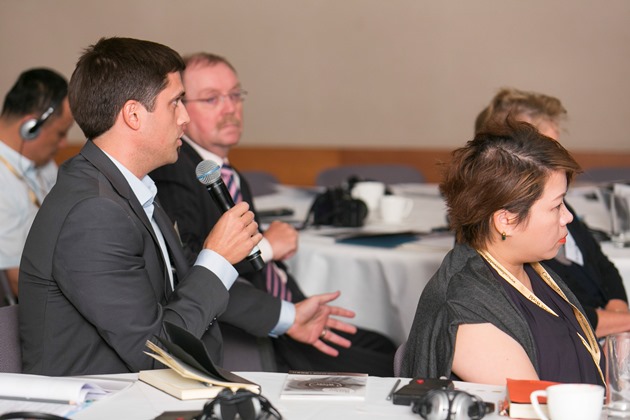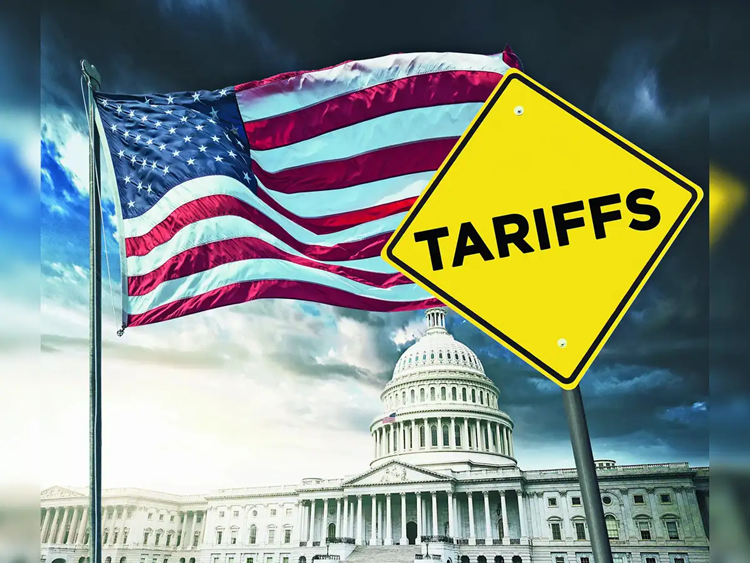
Luxury market on the rise

The forum covered various topics like the issues faced by the industry—from the supply of raw material and consumer demand to retail strategies and new technologies applied to animal fine fibres. Speakers from across the globe put forth their views on the issues facing the industry. Networking and sharing of benefited everyone at this action-packed event
Anthony Keung, President and CEO, Fenix Group and an industry veteran gave the keynote address. He spoke about the future economy of China and the luxury market quite optimistically. As per studies the Chinese luxury market has grown over the years and with a huge customer base which is forecasted to grow further over the years. However, a fundamental shift is being seen in the region’s luxury market, due to evolving customer dynamics, economic slowdown, and an influx of new, emerging luxury labels
Nearly 45 percent of respondents plan to buy more emerging luxury brands in the next three years, as per a recent survey by Bain & Company. This is good news for upcoming cashmere and fine fibres enterprises such as Afghanistan-based Qaria, Belgium’s Madame Seguin and Tibeto-Italian Myak, who introduced their products at the forum’s exhibition floor
Luxury e-commerce is another fundamental shift, which is on the rise. Thibault Villet, CEO, Mei.com, said he expected online sales of luxury items to double from 6 to 12 per cent by 2020 as per a McKinsey survey. The total luxury online sales is said to double to 18 percent and be worth about €70 billion annually. According to the survey, this would make e-commerce the world’s third largest luxury market, after China and the US
New trends on the anvil
The increasing use of fine fibres for performance yarns used in the production of technical garments is another trend that is catching up. Luciano Bandi, Baruffa’s Managing Director, Sales introduced the H2Dry, a technical treatment developed by the Zegna Baruffa laboratories that makes yarns breathable, elastic and uncrushable. Bandi, however, said that whatever the level of technology and science involved in the production of yarns, what matters first and foremost is the quality of the raw material
Sustainability was another important topic discussed at the forum. Speakers from Nepal, Mongolia, India, Afghanistan, among others discussed sustainability issues. The general consensus was that producing 100 per cent sustainable fine fibres is challenging and that more should be done in this direction
Andrea Dominici, CEO, Myak said the impact of breeding of animals on grassland is measurable and relatively easy to evaluate and control. However, he added, controlling the impact on rest of production process is a demanding and testing task. Overall, most customers across the world are now concerned about the quality of garments they purchase over their price, and express interest about companies’ active citizenship and corporate social responsibility
Overall, it was found that most customers all over the world are now concerned about quality of the garments they purchase over their price, and express interest about companies’ active citizenship and corporate social responsibility.
Hosted by the Cashmere World trade event, Cashmere World Forum 2015 brought together about 20 speakers from across the industry and more than 60 delegates from across the globe












